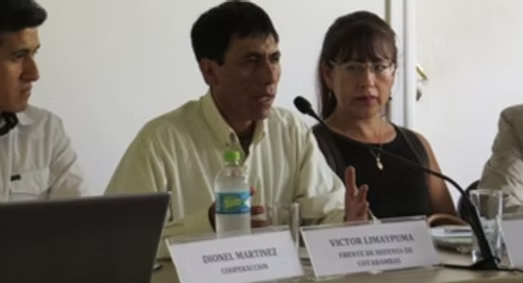On June 3, 2025, Peru’s Minister of Energy and Mines announced that the country expects copper output to reach 2.8 million tonnes this year, a slight increase over
2024 production levels. The forecast reflects steady investment momentum, with approximately $4.8 billion anticipated across the mining sector. Early reports from
the first quarter showed nearly a 4% rise in formal copper production, suggesting that large-scale operations are stabilizing after recent challenges. Yet even as the formal sector strengthens, officials issued a clear warning: the rapid growth of illegal and informal mining is emerging as one of the greatest threats to production targets and long-term investor confidence.
Although informal copper extraction remains modest in volume, it has begun to spread into strategic concessions in Apurímac and Arequipa. This expansion complicates environmental monitoring, increases conflict risks with communities, and disrupts transport and logistics chains essential for sustained output. For companies operating in these regions, illegal mining adds layers of operational uncertainty, making it harder to maintain predictable production schedules and comply with international standards. From a regulatory perspective, enforcement resources are already stretched thin, raising fears that informal mining will outpace the state’s ability to respond effectively.
These developments underscore a core truth: social license to operate is inseparable from production success. While legal frameworks and investment commitments set the foundation, they are not sufficient when informal miners and surrounding communities feel excluded or threatened. To protect its copper sector, Peru will need a more integrated strategy that combines enforcement with proactive engagement, clear pathways to formalization, and transparent benefit-sharing. Without this balance, even incremental gains in production risk being overshadowed by conflict, reputational damage, and the erosion of trust among both local stakeholders and global markets.

